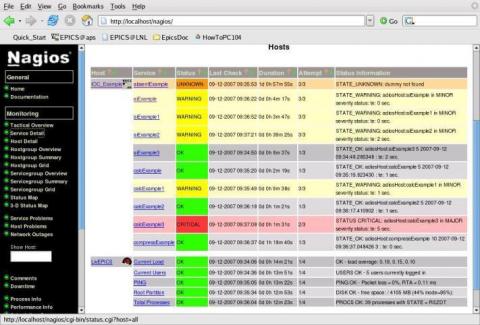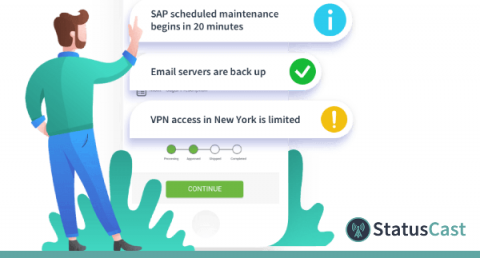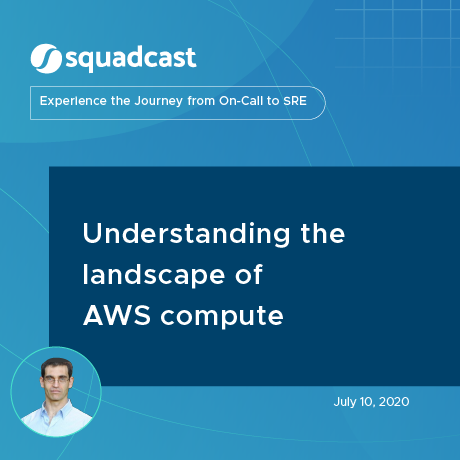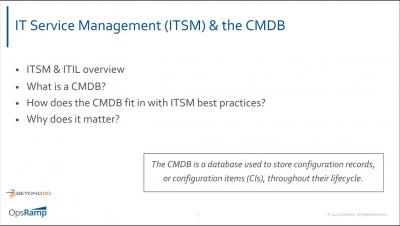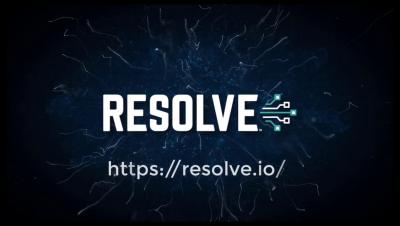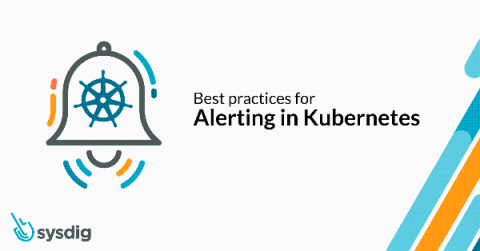Building Automated Monitoring with Icinga and iLert
How many servers can be managed by one system administrator? This question is pretty hard to answer since it depends decisively on the tasks that need to be operated. It is clear, however, that the amount of servers one engineer can manage has increased tremendously over the time, and is still growing. Public and private clouds, in combination with automation tools, enables us to automate many daily tasks. In a modern IT infrastructure almost everything can, and should, be automated.



